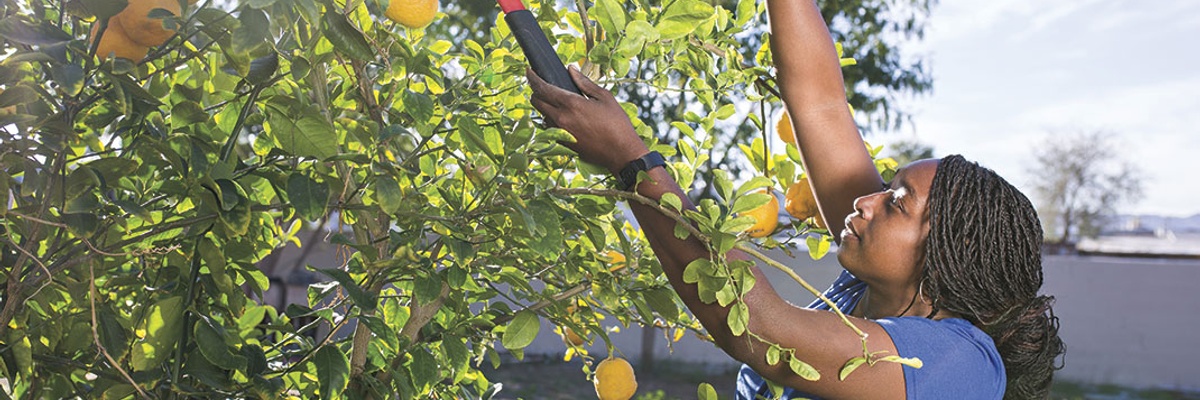
"Welcome to Open Orchard! Open Orchard provides a way for people to come out, plant a fruit tree and in so doing connect with neighbors and care for the environment. Below you'll find all the information you need to get started! " - Wayne Trevor, Co-Founder, Open Orchard

5 hours per week initially, then 7 hours during planting and harvesting seasons, less than 1 hour at other times.
Assemble Your Team
Build a collaborative group of approximately 5 people to share the workload and make the project more enjoyable. Rally friends, family, and neighbours to join your Open Orchard initiative. Assign specific roles to team members including council liaison, tree research specialist, sourcing coordinator, funding applicant, and community outreach leader. Use your project page to invite people and organise your first meeting. A strong team foundation ensures sustainable project management and creates the social connections that make Open Orchard successful. Document interested participants' contact details to build your community network from the start.
Contact Local Council
Secure permission from your City Council to plant fruit trees in public spaces before progressing further. This crucial step determines project viability and influences all subsequent decisions. Contact the appropriate council department to discuss suitable locations, obtain necessary permits, and seek advice on tree types that work best for your chosen sites. Council buy-in is essential as they'll provide ongoing support and ensure your trees complement existing urban planning. Their guidance on location will dictate which fruit varieties you can plant and help avoid conflicts with utilities or future development plans.
Choose and Source Trees
Select appropriate fruit trees based on your council-approved location and local growing conditions. Research which varieties thrive in your climate and soil type, considering factors like mature tree size, fruit production timing, and maintenance requirements. Source bare root trees for planting during dormant season (late autumn or January/February). Consult with local nurseries or horticultural experts for advice on the best varieties for community orchards. Plan to plant approximately 10 trees per planting session, ensuring you can commit to the minimum 20 trees required for the project.
Organise Planting Day
Plan and promote a community tree planting event lasting 2-3 hours with opportunity for socialising afterwards. Spread awareness through posters in local venues, social media promotion, and direct outreach to community groups, schools, and retirement homes. Schedule the event during dormant season when bare root planting is most successful. Prepare signup sheets to capture participant contact information for your ongoing community network. Arrange photography to document the event and create promotional materials. Ensure you have necessary tools, refreshments, and clear instructions for volunteers to make the day successful and memorable.
Establish Ongoing Care
Create a sustainable maintenance system to ensure tree health and community engagement beyond planting day. Organise regular watering schedules, especially crucial during the first 6-8 weeks and summer months. Establish a rotation system among community members for essential tasks like weeding, mulching, and monitoring tree health. Plan seasonal community events around your orchard including wassailing, blossom watching, and harvest celebrations to maintain group interest and investment. Develop clear communication channels to coordinate care activities and celebrate milestones. This ongoing stewardship ensures your trees thrive and your community connections strengthen over time